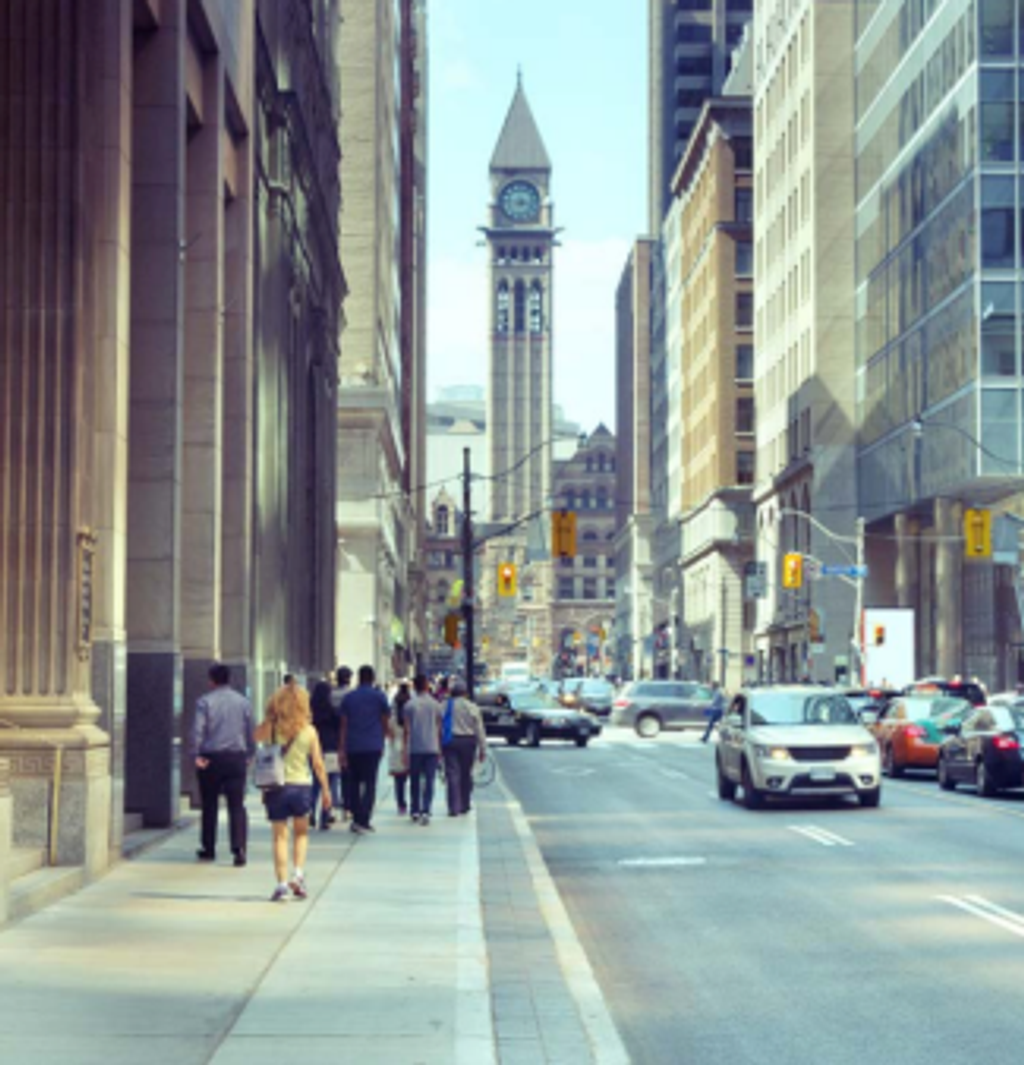Cultural snapshot for newcomers to Central Canada
The lands of Ontario and Quebec were first occupied by several First Nations groups who thrived in the area due to its many lakes, rivers, and diverse plants and wildlife.
The lands of Ontario and Quebec were first occupied by several First Nations groups who thrived in the area due to its many lakes, rivers, and diverse plants and wildlife. When European settlers came to this area, they created British and French colonies splitting the area into French “Lower Canada” downstream of the St. Lawrence River and British “Upper Canada” upstream. These colonies became present-day French speaking Quebec, and Ontario, respectively, and the capital of Canada was selected to be in the city right on the border between them, Ottawa.
Ontario
The province of Ontario is the political and economic centre of Canada, in addition to being the most populous province in the country. Ontario’s many metropolitan centres, such as Toronto or Ottawa, provide world class levels of job opportunity, innovation, diversity, dining, entertainment, and more.

Ontario is also home to the most newcomers out of any province. Toronto is one of the most multicultural urban areas in the world, according to its own municipal government; you can find this multiculturalism in practice in the cultural neighbourhoods of the GTA such as Chinatown, Koreatown, Greektown, India Bazaar, and Little Italy (and so much more). Each area has a rich history, residents from all over the world, and some of the best food and entertainment the city has to offer. Many municipalities in the GTA, including the City of Toronto, Mississauga, Brampton, and more, have newcomer populations of at least 50 per cent.
English is the primary language spoken across Ontario, but there is a sizable French-speaking population, and many other languages are commonly spoken in the province. The GTA has over 160 distinct languages spoken, including Cantonese, Mandarin, Tagalog, Italian, German, Polish, Spanish, and Farsi. Tourists to Canada often come to Ontario for iconic Canadian landmarks such as the CN Tower in Torontto breathtaking Niagara Falls, and the Great Lakes. You do not have to travel far outside of Ontario’s metropolitan areas to find great hikes, lakes, ski hills, and other quiet natural spaces.
Quebec
Quebec is culturally distinct from other provinces in Canada as the only primarily French-speaking province. The Francophones of Quebec are proud of their French heritage and language and wish to preserve French Canadian tradition in Canada, a primarily English- speaking country. The province’s flag features four fleur-de-lis on a deep royal blue background — symbolic of ties to old French royalty and showcasing the province’s attachment to French culture. About half the province’s population is bilingual, speaking both of Canada’s official languages, French and English.

Quebec’s cities are known for their rich European-influenced culture, historic sites, and welcoming attitude towards diversity. Quebec City’s iconic Old Quebec is a UNESCO World Heritage site with cobbled streets and fortressed walls around a charming, artistic neighbourhood. The population of Quebec City speaks mostly French. The city of Montreal is also primarily French-speaking; however, it is also home to many speakers of English and various other languages. Montreal is known for its progressive views and cosmopolitan energy.
